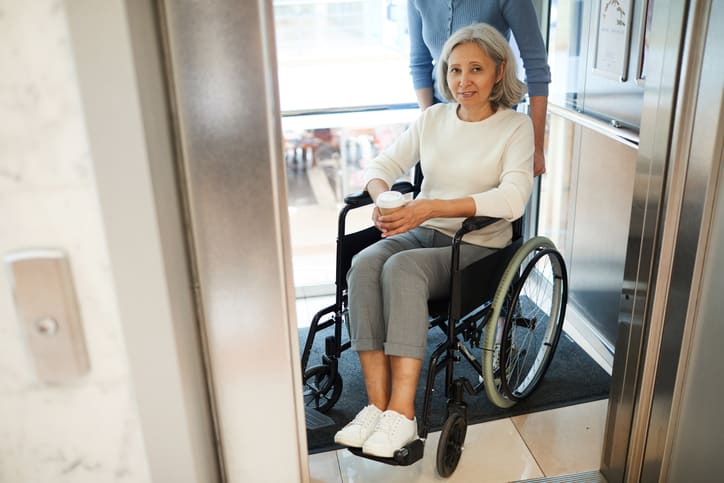Aging gracefully often comes with its unique set of challenges, and one significant aspect is maintaining independence at home. For many seniors, navigating stairs becomes a daunting task, limiting their access to different levels of their homes. However, with the advent of stairlifts, a transformative solution has emerged, empowering seniors to reclaim their independence and continue enjoying the comforts of their own living spaces.
Understanding the Challenge:
As individuals age, mobility can become a major concern. Stairs, once an inconspicuous part of daily life, can transform into formidable barriers, restricting access to bedrooms, bathrooms, and common living areas. This limitation not only affects the physical well-being of seniors but can also have a significant impact on their mental and emotional health, leading to feelings of frustration and dependence.
The Role of Stairlifts:
Stairlifts, or chair lifts, have become a game-changer for seniors facing mobility challenges within their homes. These innovative devices are designed to transport individuals up and down stairs effortlessly, providing a safe and convenient solution to a previously arduous task. Let’s delve into the ways in which stairlifts contribute to elevating independence among seniors.
1. Enhancing Safety:
The primary concern when navigating stairs is the risk of falls and injuries. Stairlifts are equipped with safety features such as seatbelts, sensors, and smooth start-and-stop mechanisms, ensuring a secure and comfortable ride. By eliminating the need to climb stairs manually, seniors can move between floors without the fear of accidents, promoting a safer living environment.
2. Preserving Autonomy:
Stairlifts enable seniors to maintain autonomy within their homes. Rather than relying on assistance from family members or caregivers, individuals can confidently use the stairlift to access different levels independently. This not only fosters a sense of self-reliance but also contributes to a positive and empowering mindset.
3. Accessible Home Environment:
Installing a stairlift transforms a home into a more accessible and inclusive space. Seniors can freely navigate their residences without the constraints imposed by staircases, enjoying the entirety of their living spaces. This newfound accessibility allows for a more fulfilling and enjoyable daily life, as individuals can move seamlessly from one area to another.
4. Promoting Mental Well-being:
Independence is closely linked to mental well-being, and stairlifts play a crucial role in preserving seniors’ mental health. By offering a solution to the challenges posed by stairs, these devices contribute to a sense of control and confidence. Seniors can engage more actively in daily activities, fostering a positive mindset and reducing feelings of isolation.
5. Customized Solutions:
Stairlifts come in various models to suit different home configurations. Whether the staircase is straight or curved, indoor or outdoor, there are stairlift options available to accommodate diverse needs. The customization ensures that seniors can find a solution tailored to their specific home layout, further enhancing the effectiveness of these devices.
6. Ease of Installation and Use:
The installation process for stairlifts is relatively straightforward, and they can be seamlessly integrated into existing staircases. The user-friendly design ensures that seniors can operate the lifts with minimal effort. The simplicity of use enhances the overall experience, making stairlifts an accessible and practical solution for seniors.
7. Cost-Effective Alternative:
Compared to the potential costs associated with relocating or modifying a home to eliminate stairs, installing a stairlift proves to be a cost-effective alternative. Seniors can age in place comfortably without the need for major renovations, making stairlifts a practical and economical solution for enhancing home accessibility.
Conclusion:
In the quest for aging in place with dignity and independence, stairlifts emerge as invaluable allies for seniors facing mobility challenges. These devices not only address the physical limitations posed by stairs but also contribute to a profound positive impact on mental well-being. As technology continues to advance, stairlifts are becoming more sophisticated, offering tailored solutions that empower seniors to navigate their homes effortlessly.
Ultimately, the integration of stairlifts into the homes of seniors signifies a commitment to fostering a supportive and inclusive environment. By providing a reliable and safe means of traversing stairs, these devices elevate the quality of life for older adults, enabling them to savor the comforts of home with renewed freedom and independence.




